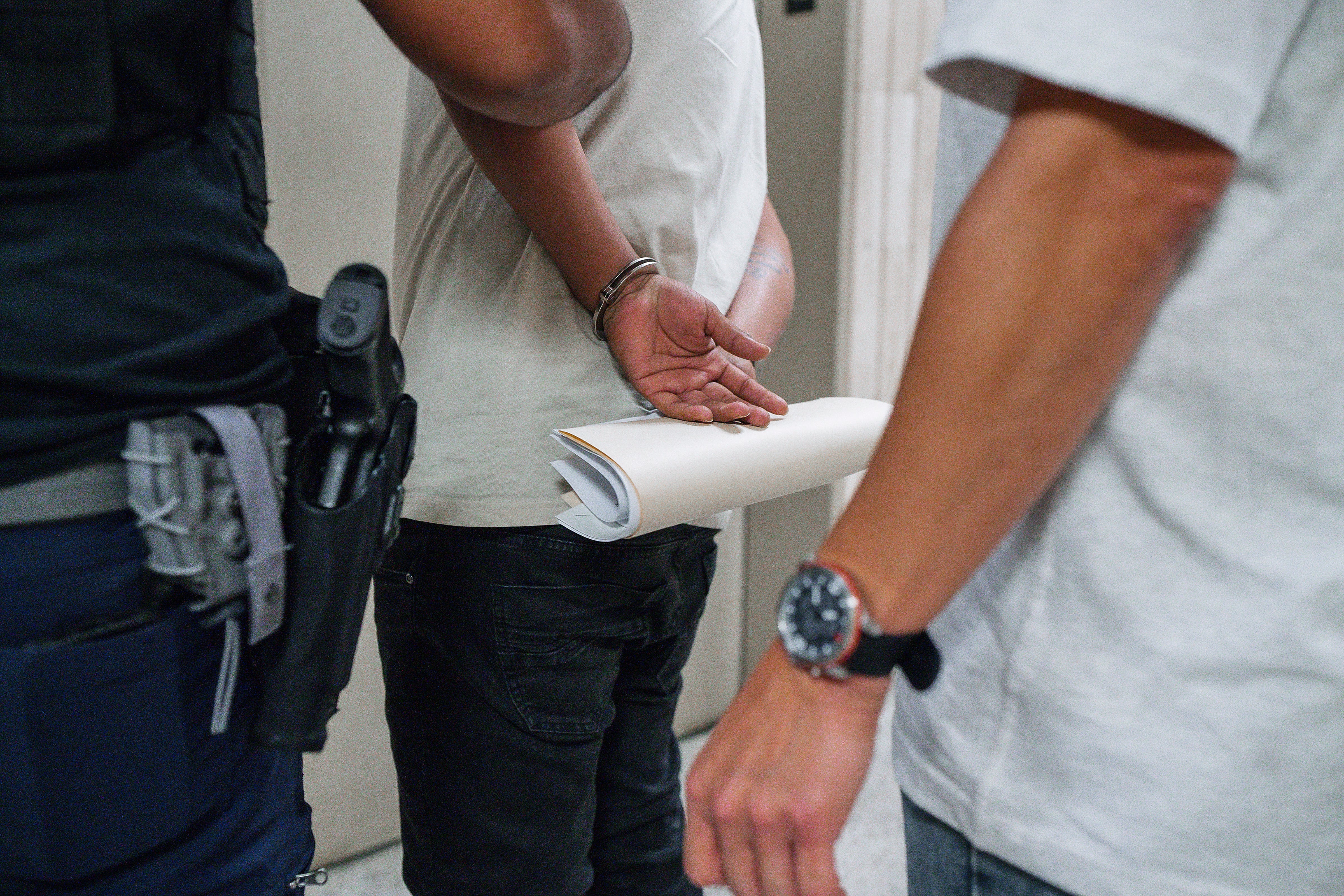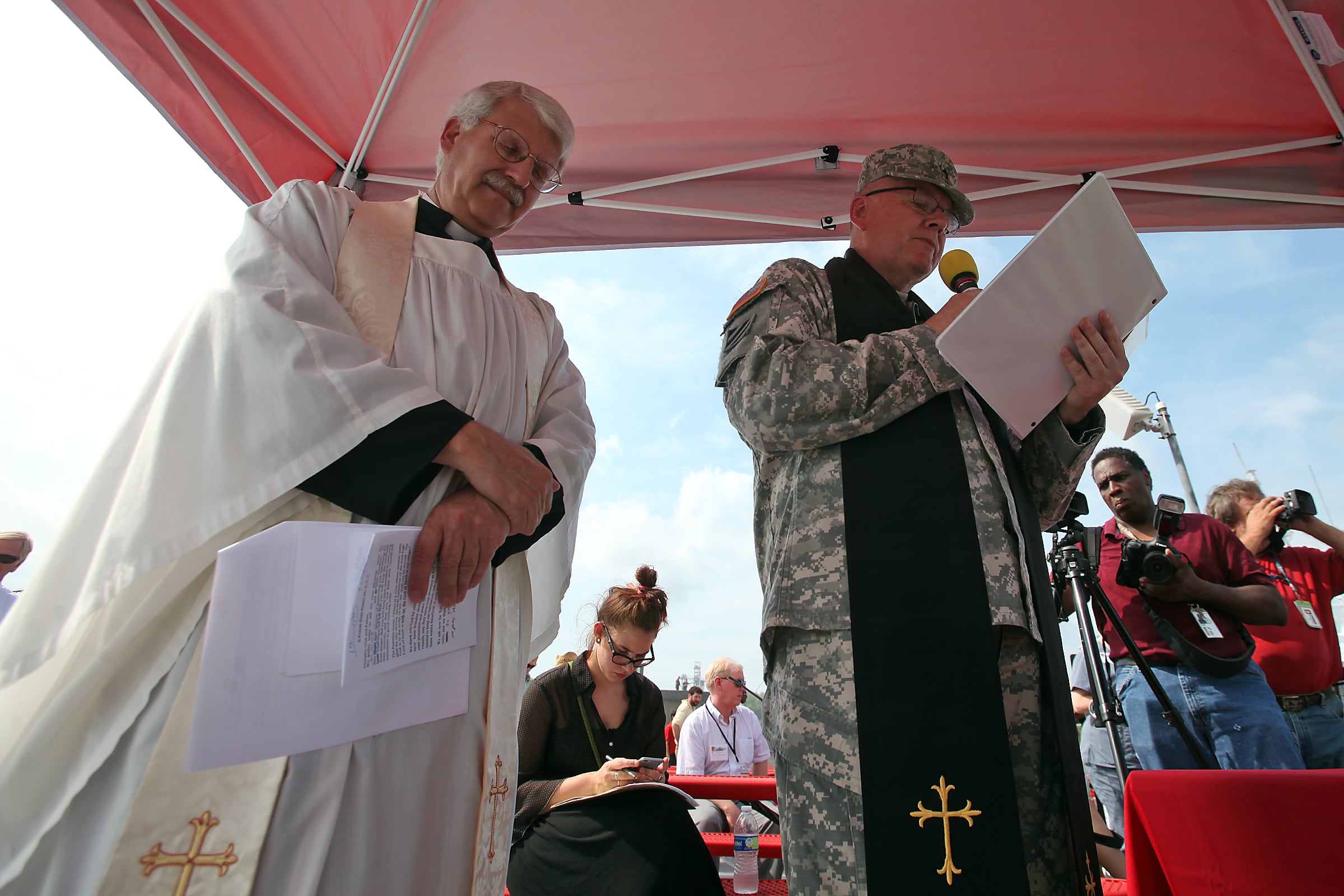This story was first published Aug. 30 at 11:59 a.m. EST and has been updated.
The littoral combat ship Coronado suffered an engineering breakdown on Monday, two months into its maiden deployment and is returning to port under its own power to get repaired. It is the fourth high-profile engineering calamity in a year to strike the beleaguered ship class, which has been dogged by combat survivability concerns amid all the engineering problems. The events have prompted the Navy's top officer to fast-track changes to the program currently being briefed to leadership.
The Coronado's problem arose four days after leaving Hawaii for the Western Pacific, three sources said, as the Independence-class trimaran continues its first deployment that began in late June.
The ship recently participated in the Rim of the Pacific Exercise and departed Hawaii Aug. 26 headed to 7th Fleet.
The casualty is believed to be located in the part of the engine where power from its four engines are combined and transmitted to the propulsion system, according to two sources with knowledge of the casualty.
A 3rd Fleet spokesman confirmed the casualty and said the crew is returning to port under escort.
"The littoral combat ship Coronado experienced an engineering casualty Aug. 29 while transiting to the Western Pacific," said Cmdr. Ryan Perry. "The crew took precautionary measures and the ship is currently returning to Pearl Harbor to determine the extent of the problem and conduct repairs.
"Coronado is operating under her own power and is being escorted by [replenishment oiler] Henry J. Kaiser."
The impact on the ship or the deployment is unknown, Perry said.
"The extent of the repairs and any operational impact is unknown at this time," he said. "An assessment of the casualty will be completed upon return to Pearl Harbor. Additional details will be made available when possible."
The Navy's top officer said that fixing the LCS program was a priority for the service and that changes to crewing, deployment and training are coming.
"Last night's problem is the fourth issue in the last year," Chief of Naval Operations Adm. John Richardson said in a Tuesday statement. "Some of these were caused by personnel and some were due to design and engineering. These issues are all receiving our full and immediate attention, both individually and in the aggregate."
Coronado is expected back in Pearl Harbor later this week, though its too soon to know an exact day, according to a Navy official.
Coronado's troubles are the latest in a series of high-profile engineering setbacks for the Navy's controversial new ships, which have been under siege since the Freedom-class ship Milwaukee broke down in December, just weeks after commissioning on a transit from Halifax, Canada, to Norfolk, Virginia. Metal fragments were discovered in the lube oil, an issue that engineers suspect was linked to a software issue in the engineering plant.
Weeks later, in January, the Fort Worth suffered an engineering mishap in port when the ships combining gear was run without oil running through it. Fort Worth was repaired and departed Singapore Aug. 22 after being stuck there since January.
And in late August news broke that the first LCS, the Freedom, needs an engine repaired or replaced after seawater found its way into the lube oil system through a leaky seal.
The Coronado is an Independence-class ship built by Austal USA, with a different engineering plant from the Freedom, Milwaukee and Fort Worth. A source briefed on the casualty said that, as a result, the casualty on Coronado was unrelated to the other breakdowns.
Richardson commissioned a review of the program earlier this year, and the results of that are likely to lead to significant changes to the way LCS is structured. In June, Navy Times reported that LCS was shifting from having three crews rotate between two ships and a training cycle to two crews for each hull, similar to the gold and blue crews that man Ohio-class submarines.
Additionally, the review was poised to upend the signature modularity of the program, originally seen as the capacity to rapidly swap out sensor and equipment packages for emergent missions. Instead, the review is likely to recommend going to a "one ship, one mission" model, where each ship will be semi-permanently assigned a mission like anti-surface warfare, mine warfare of anti-submarine warfare.
Richardson said the review, led by the surface Navy’s boss,Vice Adm. Thomas Rowden is being briefed to leadership ahead of implementation.
"To address the personnel and training issues, I established a program wide review earlier this summer to incorporate deployment lessons learned and identify systemic problems with how the program was structured," the statement continued. "VADM Rowden has completed the review, which recommends changes to the crewing, deployment, mission module, training and testing concepts. These changes will provide more ownership and stability, while also allowing for more forward presence."
Richardson also announced that engineering sailors assigned to the LCS program would have to retrain and recertify to work on LCS, a response to the Fort Worth incident where crew error led to a complicated and expensive repair in Singapore.
Richardson’s statement closed by reaffirming that the LCS is a needed platform and that it was vital to get the issues ironed out.
"The entire leadership team is focused on ensuring our ships are properly designed and built, and that our Sailors have the tools and training they need to safely and effectively operate these ships," the statement said. "These ships bring needed capability to our combatant and theater commanders -- we must get these problems fixed now."
David B. Larter was the naval warfare reporter for Defense News.





